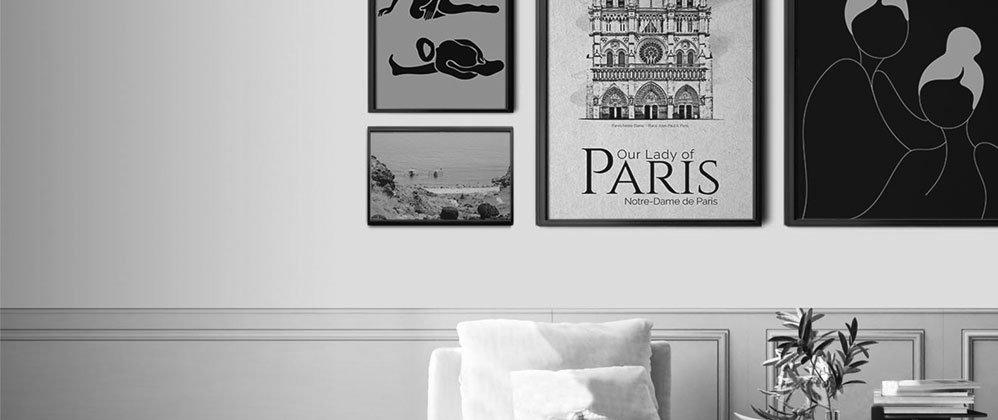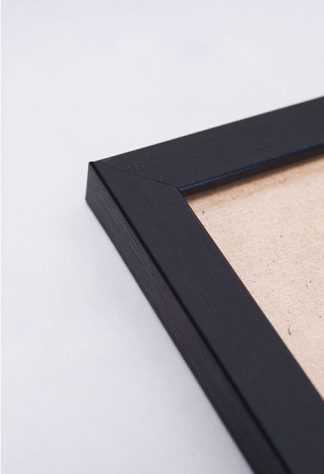A Brief History Of The Advent Calendar

Christmas is just around the corner and it is time to bring out the decors from the storage. While checking the old decors, you also saw the old Advent calendar. This calendar has become a mainstay during the Christmas season. It helps us count down the days from December 1 to the 25th. Over the years, they have evolved in terms of appearance and inclusions. Instead of the traditional little doors that conceal pictures or Bible verses, they now have small gifts included. Read on to learn more about this fantastic Christmas decor and tradition. If you don’t have an Advent calendar yet, maybe it is time to buy or create one for your home.
The meaning of Advent
Advent is the four-week period beginning on a Sunday that is nearest the feast day of St. Andrew the Apostle. The word “Advent” came from the Latin word for “coming”. Experts also believed that the celebration of Advent began as early as the 4th century. This was the period when people convert to Christianity and prepare themselves for baptism. These days, Advent is practiced as a count down to the birth of Christ on December 25.
The Advent calendar
In contrast with the real date of Advent, the Advent calendar begins on December 1 and marks the 24 days before Christmas. These days, the calendar includes paper doors that open to show an image, a verse in the Bible, or a piece of chocolate or even cheese. This practice dates back to the 19th century when German Protestants marked their doors or lit candles to count the days until Christmas day.
How it all began
The first printed Advent calendar can be traced back to the early 1900s and was created by Gerhard Lang. Around the same time, a German newspaper included in their publications an Advent calendar to serve as a gift to their readers. Gerhard Lang’s creation was inspired by the calendar that his mother created for him. This was modified by Lang and included tiny doors that are commonly seen in Advent calendars today. Unfortunately, production ceased because of the Second World War. The production was eventually continued by Richard Sellmer and he was considered to be the leading producer of Advent calendars. In the United States, Advent calendars were made popular by Dwight D. Eisenhower.
What are included in Advent calendars?
Traditionally, Advent calendars contain pieces of chocolates, a quote, or an image. However, you can be modern and include different items according to your taste. Over the years, the appearance of Advent calendars evolved. There was even a 4-foot, Christmas tree-shaped structure carved from burr elm and walnut wood in 2005. The world’s largest Advent calendar was created in 2007 at the St. Pancras train station in London. The calendar measured 232 feet and 11 inches tall, and 75 feet, and 5 inches wide.
What makes Advent calendars even more interesting is that the appearance can be versatile as possible. With a little creativity and resourcefulness, you can easily create a calendar that will make any home look great. Moreover, both kids and adults will surely adore Advent calendars as they can be personalized.




